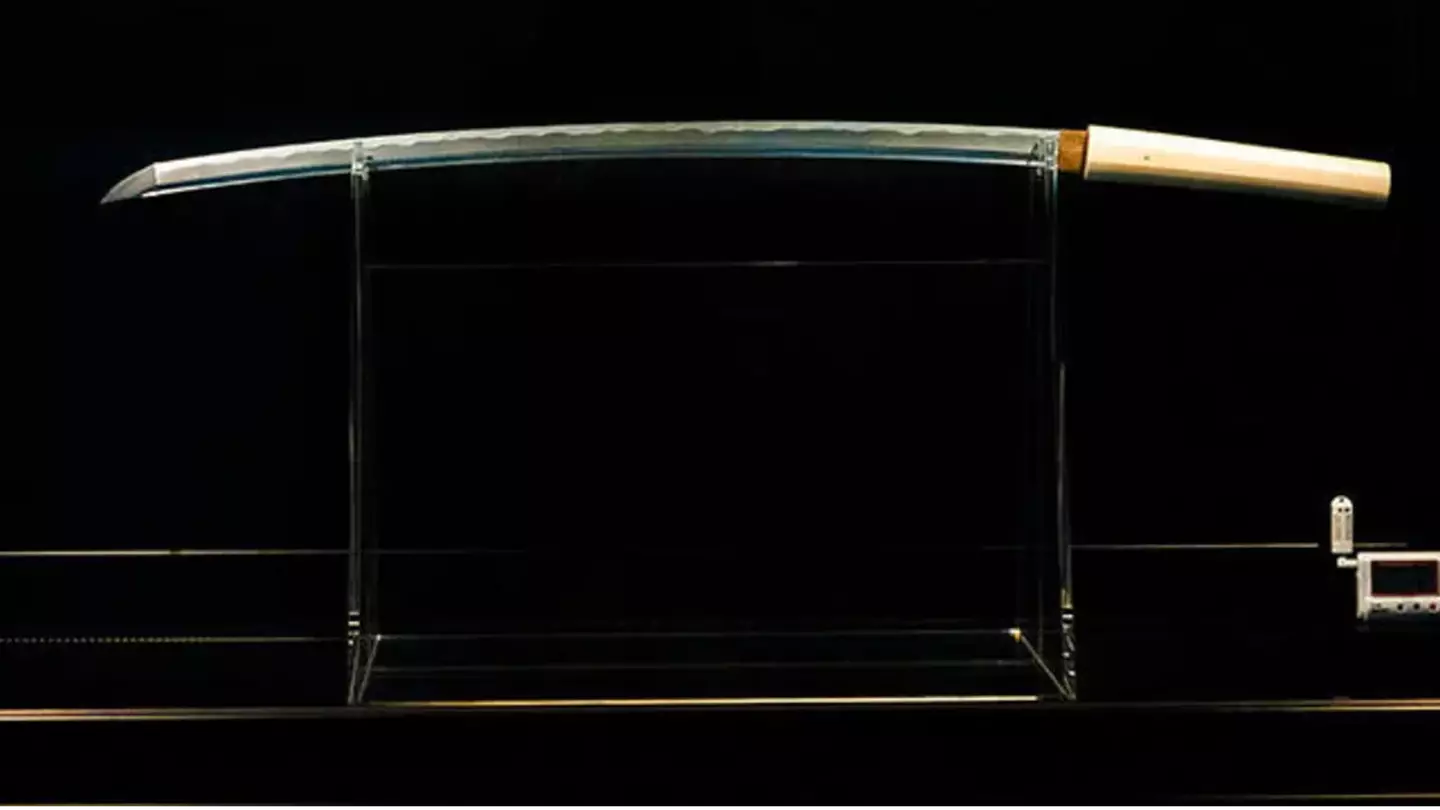The Sword of Heaven is a katana blade made from a four billion-year-old meteorite
The Tentetsutou, or ‘Sword of Heaven’ is a powerful katana created by Japanese master swordsmith Yoshindo Yoshiwara.
Featured Image Credit: Chiba Institute of TechnologyTopics: News, Technology, Space


